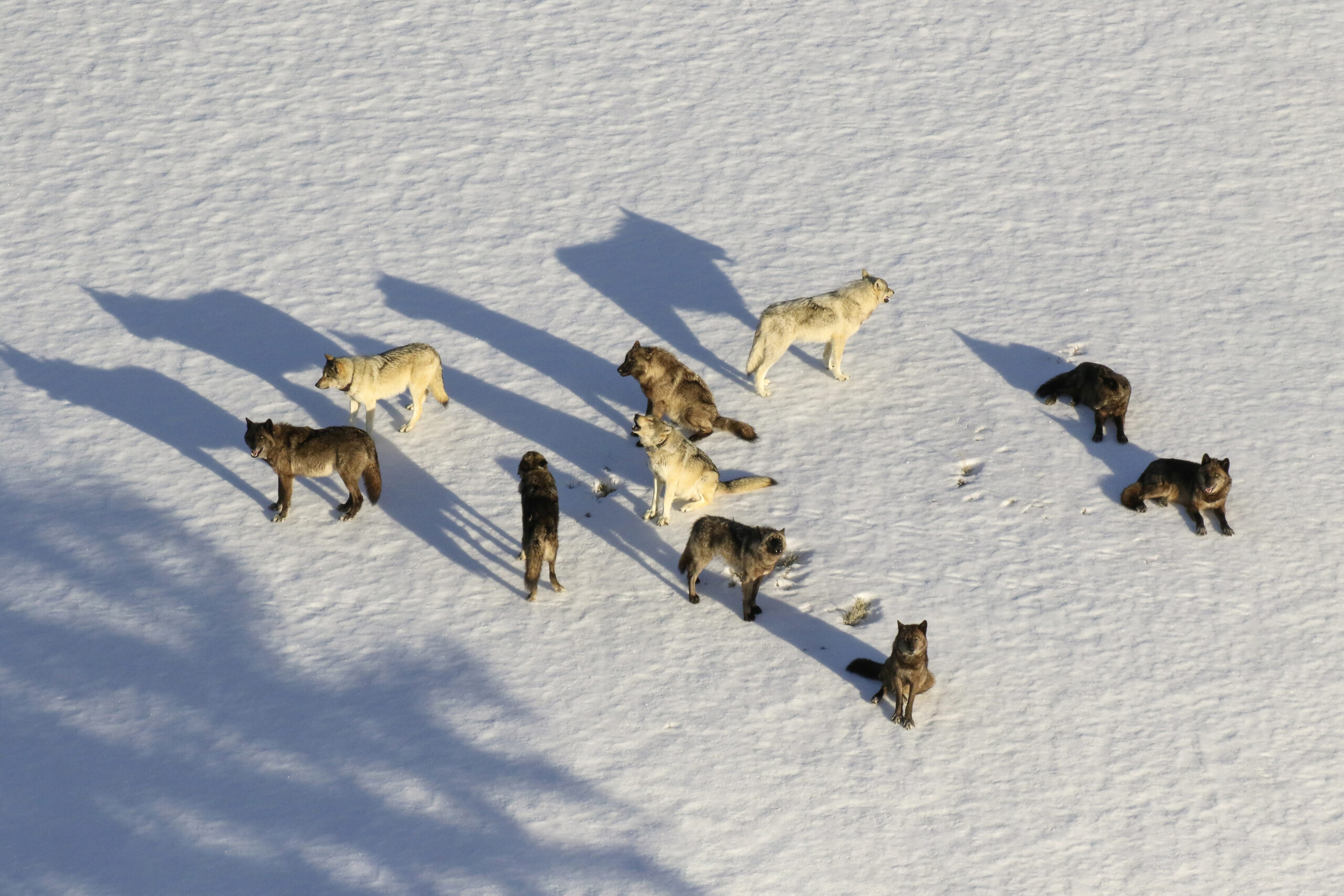COMMENTARY BY DR. DAVE SAMUEL
If someone made a list of things that can happen in nature, I’d have rated this one dead last (no pun intended). I’d have never guessed that some research would show that wolves kill mountain lions. It turns out that they can.
In February 1999, five wolves moved from Yellowstone and went to the National Elk Refuge in northwest Wyoming. They were quite visible because they spent lots of time in an open area, so tourists came by the thousands to see them.
The tourists also got to see a female mountain lion with kittens that were in the same area. One estimate was that the wolves and the lion attracted 45,000 tourists in a few weeks. This was just one sidelight to the fact that in ensuing years the five wolves expanded their numbers and began to outcompete the mountain lions for prey. The surprise, however, was that the wolves also began to directly prey on the lions.
From 2000-2017, researchers followed 147 radio-collared mountain lions and analyzed the cause of death. During the study they recorded 115 lion mortalities; 18 from legal hunting and 10 by wolves (9 were kittens). Other lions were probably pushed from prime lion habitat by the wolves. Mountain lions prey on elk, but once wolves arrived that became harder because the wolves pushed elk from rugged areas where lions live and prey on the elk, to more open areas where the wolves prey on them.
The estimate was that the wolves decreased the percent of elk available for mountain lions by 70%. This led to relative high lion mortality from starvation. They also concluded that when wolves moved into this area, the mountain lions had to change the way they use the landscape. The authors cautioned comparing their data to other regions of the West where wolves and lions are found because of habitat differences, lion densities and elk densities.
One plausible reason that lions back down from wolves is the fact that wolves travel in packs and lions travel alone except when a female has kittens. It appears that when wolves arrive on the scene, lions move to thick forests, steep mountainous terrain, where it is difficult for wolves to catch them.
It’s interesting to look at the way predators relate to each other, especially since three major North American predators (wolves, grizzly bears and black bears) are expanding their range into areas where mountain lions were the apex predator. As the above research notes, when wolves and mountain lions overlap their range, the wolf can outcompete mountain lions.
Grizzly bears don’t kill mountain lions, but they do displace lions from their kills. That just makes it harder for the lions to get the food they need. They expend lots of energy making a kill, then a grizzly comes along and takes it.
Where do coyotes fit in? Of course, wolves dominate coyotes. Mountain lions also dominate coyotes. The coyotes in our area don’t have to deal with wolves or mountain lions, but direct interactions with black bears cause the coyote to back down. However, relative to getting food, it’s doubtful that bears have much effect on our coyotes.
There have been few studies looking at the interactions between coyotes and red and/or gray foxes. One study in Yellowstone National Park observed 66 interactions between coyotes and red foxes. Foxes were deterred in 17% of the encounters and displaced in 30%. However, they were tolerated in 53% of encounters. If a carcass was involved, a group of coyotes deterred approaching foxes.
We know that coyotes and red foxes both occur in cities. A researcher in Madison, Wis., put radio collars on 11 coyotes and 12 red foxes. Results showed that the two predators got along with few negative encounters. However, a review of furbearer biologists from many eastern states suggests that as coyote numbers have increased, fox numbers (especially gray foxes) have decreased.
The world is changing, and that’s true for wild nature and the wildlife that live there. It will be interesting to see where our predator relationships are in 50 years.




